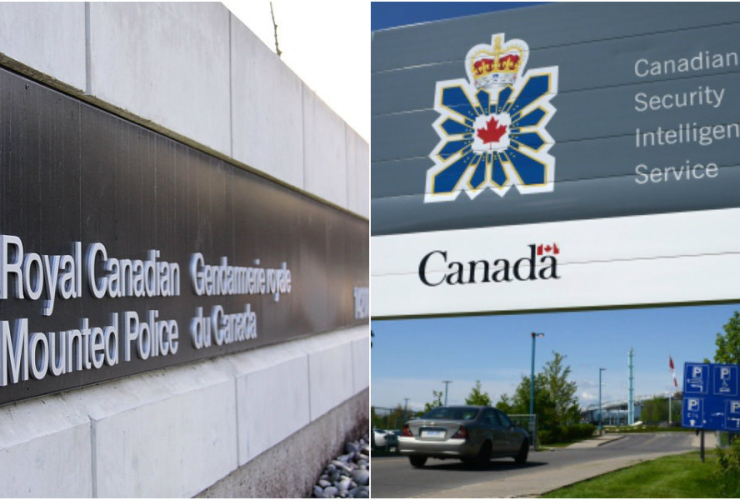Canada will screen more than a million visitors, refugee claimants and would-be immigrants per year using confidential files from Australia, New Zealand, the United States and the United Kingdom.
The expansion of the so-called “Five Eyes” intelligence network was authorized under Canadian law earlier this month. It allows the five allies to automatically swap immigration information based on fingerprints or other biometric data.
Details about how the new system will work were revealed this week.
The new system will begin with Australia this spring. New Zealand will come on line early in 2018 and the United Kingdom will be added later in 2018. Canada and the U.S. already have an automated system in place.
Officials with Immigration, Refugees and Citizenship Canada declined to discuss the new system, but did answer specific questions in writing.
According to the department, the new agreement allows Canada to request information on up to 1.2 million people a year, and it obliges Canada to share up to 1.2 million Canadian files a year with its allies.
Assessing "potential risk"
“This sharing provides officers with additional information, to assist in assessing the potential risk posed by an applicant to Canada,” the department said.
“This in turn helps combat immigration fraud, protecting Canada’s security interests, and facilitating the legitimate movement of people.”
A pilot project allowed Canada to screen 3,000 applications a year using files held by its allies. The pilot project was a manual system in which files were requested on a case-by-case basis. The new system is automatic.
Ottawa has provided no public assessment of the effectiveness of the pilot project, but Australian officials told media that more than 20 people were refused entry to Australia because of information provided by Five Eyes allies.
The new system can be used for every form of immigration matter, but Canada plans to use it primarily to screen people who have asked for asylum while in Canada, applied for refugee status from abroad, and other “higher-risk” applicants, according to the department.
Files covered by the agreement can include forms, officer’s notes, personal documents and decisions related to travel visas, work and study permits, refugee claims and permanent resident applications. Files of people who have gone on to become Canadian citizens are excluded from the agreement.
A threat to privacy, security
Immigration lawyers and scholars have raised concerns about the new protocol, saying it poses issues of privacy and security. Some have worried about the ability of applicants to ensure that information being shared is accurate, and to correct it if it is wrong.
The department said that applicants can ask courts or tribunals to review negative decisions and that applicants may be able to view their files through access-to-information requests.
However immigration lawyer Peter Edelmann has said that those mechanisms may not work. Applicants would have to be constantly requesting their file, he said, because the contents change frequently. And appeal mechanisms are sometimes too slow be effective in urgent cases, he said.
Others have suggested it is unfair to share data that applicants thought was only going to be seen by Canadian authorities. Immigration files can contain personal information such as photos, letters, court files, medical records and financial statements.
In an interview last week, prominent immigration lawyer Mario Bellissimo raised concerns about whether the digital system will be secure from hackers.
In response to questions about privacy concerns, the department noted that Canada will destroy any fingerprints that it receives from another country unless there is a match in Canadian files, that it is using “encryption and other security tools to protect information.”
It also said it is preparing a report on privacy issues related to the new system.
Canada welcomes more than 2 million visitors, temporary workers, international students and new permanent residents to the country every year. In 2017, the federal government aims to resettle 25,000 refugees.






Comments